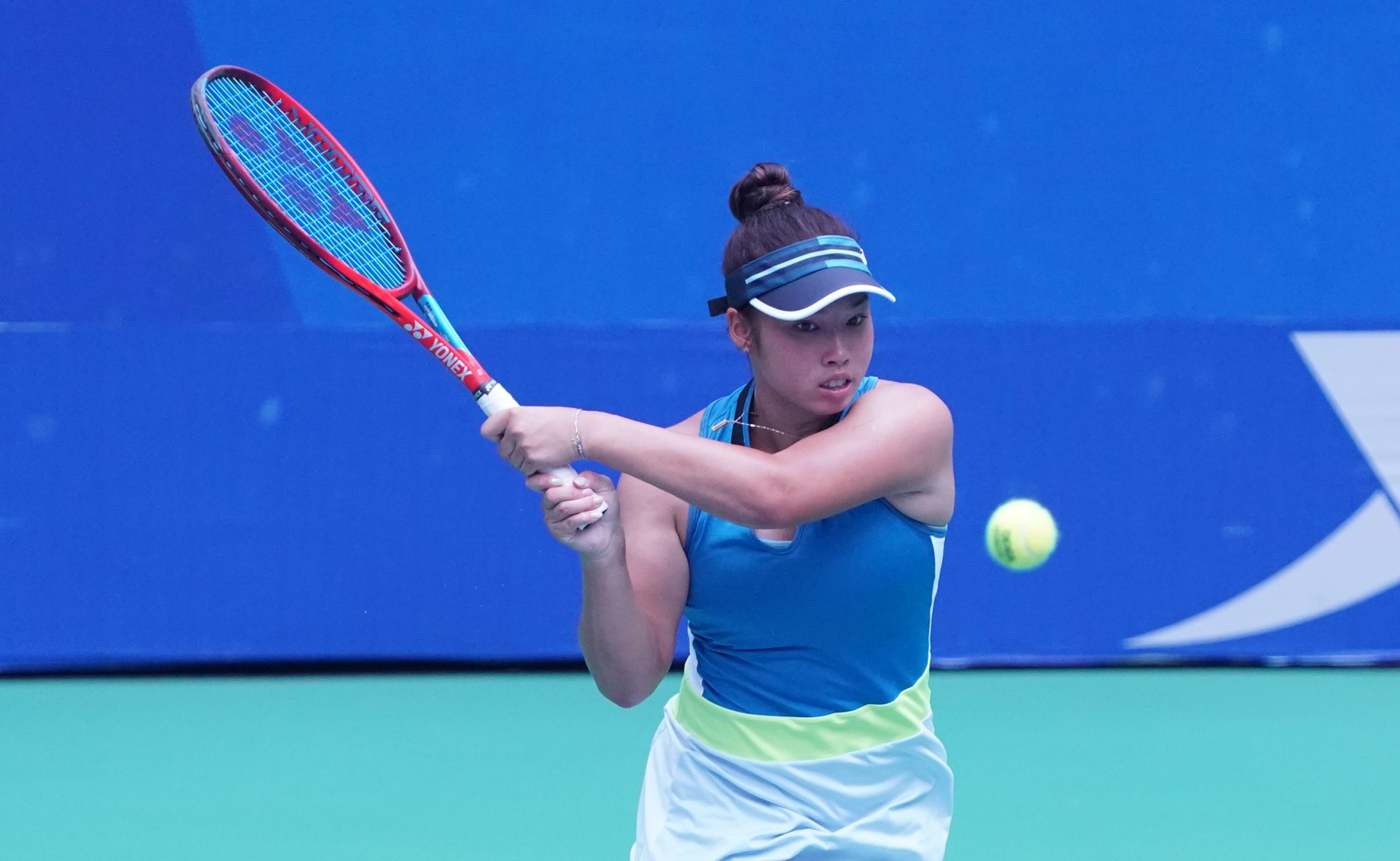Novak Djokovic won five more points in the match. Holger Rune ran a specific serve strategy that won the point 16 of 18 times. There’s your upset in a nutshell.
Rune defeated Djokovic 3-6, 6-3, 7-5 in the Rolex Paris Masters final on Sunday on the back of dominating his service games with a Serve + 1 forehand approach. It was almost unstoppable. Rune won 89% (16/18) of points when he started with a serve and a forehand approach. In comparison, he came to the net only eight times behind a Serve +1 backhand approach, winning just three (38%).
Hit a serve. Hit a forehand approach. Collect the most impressive silverware of your emerging career.
Rune’s winning strategy was to take time away from Djokovic and take control of the point as quickly as possible. Rune served and volleyed eight times, winning five. He made contact with the ball 38 per cent of the time inside the baseline, compared to Djokovic’s 33 per cent. Rune took advantage of every opportunity to lean on the ball and make Djokovic defend. Rune hunted more forehands (165-147), repeatedly putting himself in an offensive situation in the point.
Fortune favours a north-south strategy.
Rune was also the more opportunistic player on the court. He only saw three break points in the match, and converted every one. In stark contrast, Djokovic amassed 12 break points in the two hour and 33 minute encounter, but only managed to convert two of them. It must have felt like sand slipping through his fingers.
Rune’s forehand was the difference maker in short rallies with his Serve +1 strategy. Once the point flowed into longer exchanges, it was his backhand that stole the show. Overall, Rune crushed 17 backhand winners to Djokovic’s six. It was a well-oiled, two-pronged attack that has catapulted Rune into the Top 10 in the Pepperstone ATP Rankings.
[ATP APP]
Rune’s court position provided another leverage point that helped him pull off an unlikely victory. He hit 37 per cent of his backhands inside the baseline trying to extract as many errors from Djokovic as possible. By comparison, the Serb only made contact with 26 percent of his backhands inside the baseline. The Dane stepped into the ball. The Serb too often let it passively come to him.
Rune was on a mission to move forward as often as possible to secure victory. Another data point that supports Rune’s superiority in the rally was his court movement. Rune ran 2739 metres for the match, while Djokovic was significantly higher at 2981 metres. Too much running for the former world No. 1.
Rune’s offense was simply spectacular, but so was his defense. If he wasn’t swarming the net, he was scampering side-to-side at the back of the court slicing forehands and backhands on the dead run to stay alive in the point. Djokovic hit 90 per cent topspin in the match, while Rune was only at 78 per cent. That’s a strong defensive stat for the 19-year-old. Rune played 58 per cent of his shots cross court, while Djokovic was lower at 54 per cent.
Defense goes cross court.
Rune’s stunning victory serves as a playbook for the younger generation to upset the established stars. Attack the net at will. Stay in the point with “squash-like” slice.
Run like the wind and admire your newly acquired personal-best ranking.

